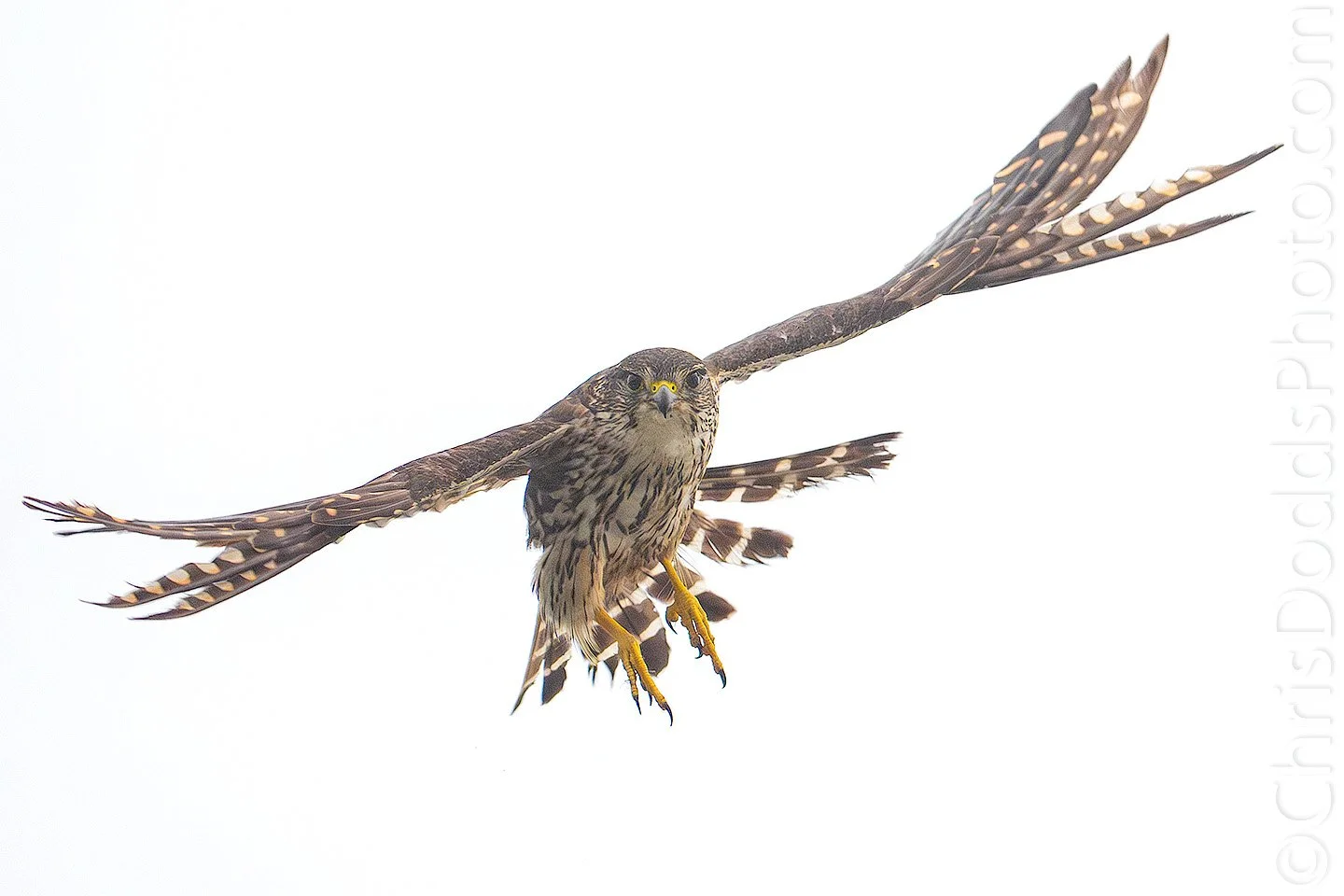For a photographer, few things are more challenging—or humbling—than trying to capture birds in flight. And if you really want a lesson in humility, I suggest you try your hand at photographing swallows in flight.
Tree and Bank Swallows were constantly showing off their aerobatics and flight skills during my Deluxe Atlantic Puffin Workshops earlier this month. They are some of the most challenging birds to get a good photograph of. Their flight is erratic, with constant and sudden changes in direction and speed as they bank to change angle in an instant, as they dart through the sky hunting insects. It's a true test of a photographer's patience and skill.
Admittedly, this isn't a challenge for the faint of heart. I was lucky enough to be tracking a Bank Swallow when it suddenly stopped and hovered for a moment before diving out of sight. That brief, perfect pause was all it took—though having the latest auto-focus technology and 120 frames per second of the Sony a9 Mark III certainly didn't hurt!
So, what's the secret to photographing a bird in flight successfully? There's no magical trick or shortcut. The biggest secret is simple: practice.
Learning to aim a 1,200mm lens, align it with a fast-moving subject, and get your eye and the viewfinder all working together takes, you guessed it, practice, practice, practice!
So next time you're out and about, take a moment to appreciate the incredible aerial acrobatics of these tiny birds. And if you're feeling brave, maybe grab your camera and see if you can get the shot! It's a humbling pursuit, but when you finally get that perfect shot, it's worth every bit of the effort.
More Kudos:
“To say the puffin experience was enjoyable would be an understatement! It was amazing! Being on a small island, living in a lighthouse keeper’s house, with a puffin colony close in our midst gave us a great opportunity to get up close and personal with the plentiful puffins combined with many other sea and song birds! Seeing the puffins bringing capelin to feed their “pufflings” was a highlight! Being on site offered us different lighting conditions, including the warm morning and evening hues, with Chris offering us great guidance on camera settings for optimum results! I knew puffins flew fast, often flying over our heads where you could feel the wind of their wings! How cool is that!? Photographing them to freeze the action with crisp, in focus images was truly fun, especially when puffins arrived with “fish on”! Chris’ extensive photographic expertise was greatly appreciated, and it paid off as we all came back with wonderful images! I highly recommend this excursion!”
- France Boutilier Nova Scotia | Canada Aug. 2025 Deluxe Atlantic Puffins Galore Workshop
Bank Swallow in Flight (Riparia riparia, Hirondelle de rivage, Avión zapador, BAHS) from my Deluxe Puffins Galore Workshop, Mingan Archipelago National Park Reserve, Quebec, Canada. Image Copyright ©Christopher Dodds. Sony a9 Mark III Mirrorless camera & Sony FE 600mm f/4 G Master OSS Lens with Sony FE 2X Teleconverter @1,200mm. ISO 4,000, f/8 @ 1/6,400s Manual exposure.












